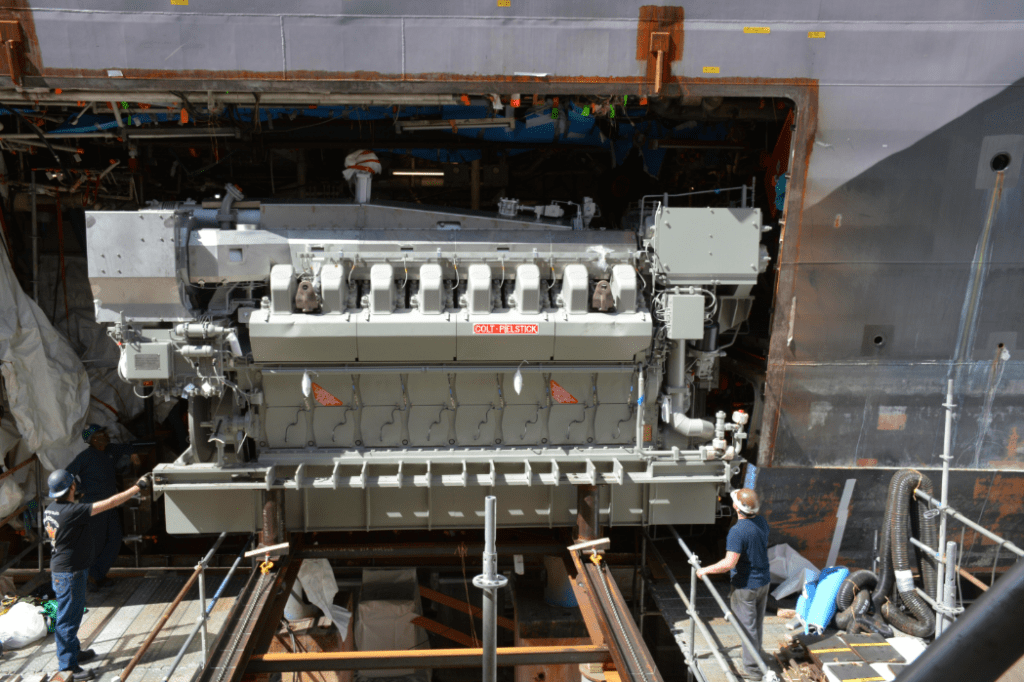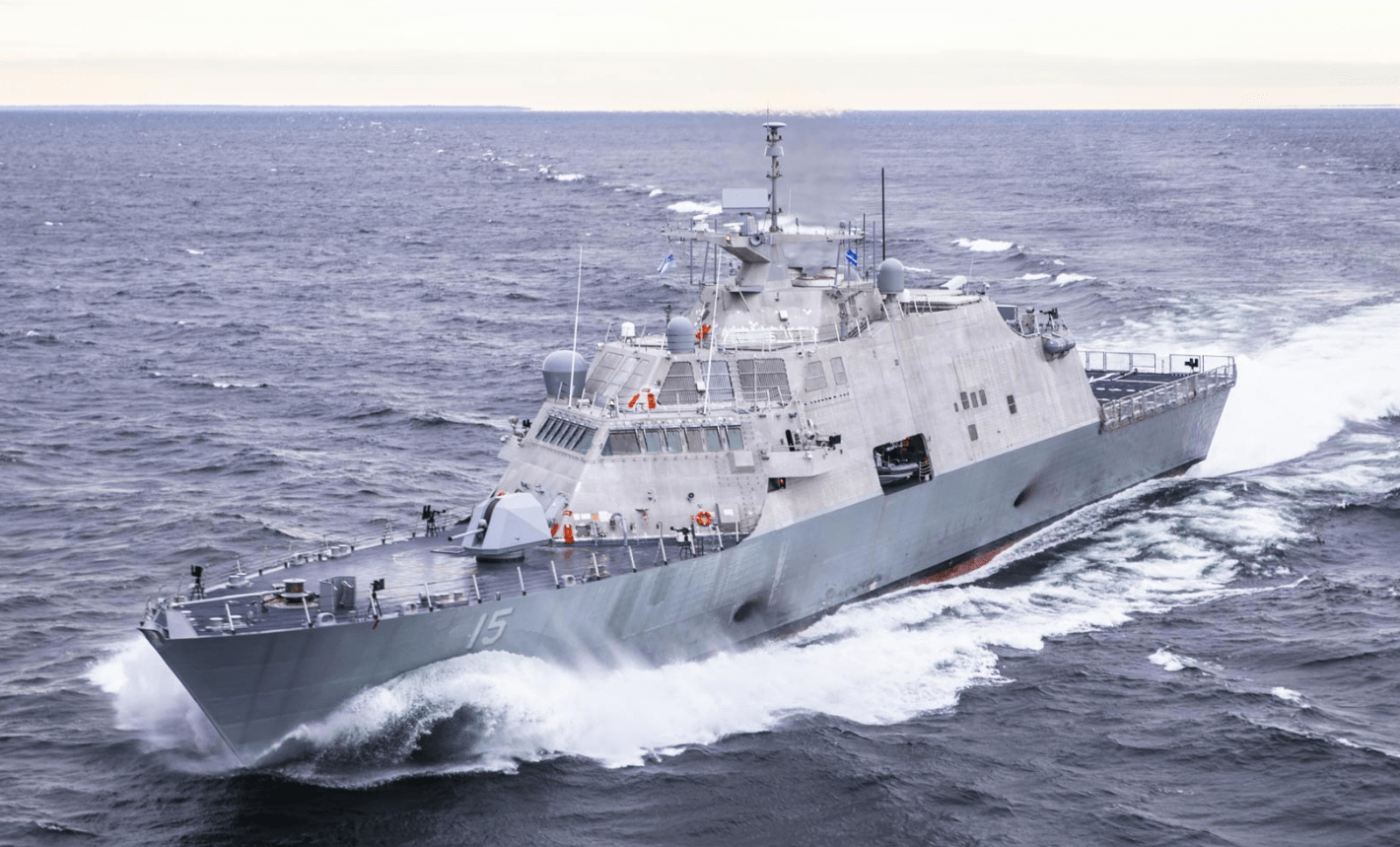[Reported by www.huanqiu.com Reporter Xu Yuming] The U.S. Navy has recently begun to review the “Freedom”-class coastal battleship that has repeatedly experienced power failures. This battleship has been criticized for its power problems, survival problems, design defects and other problems. The U.S. media even described the current awkward situation of the warship as a “floating garbage heap”.
According to the U.S. Mission and Target website on December 17, the U.S. Navy is currently investigating potential design defects of its $500 million Freedom-class coastal battleship, which is the latest problem encountered by the much-recognized surface battleship. According to the report, U.S. Navy personnel are currently studying and analyzing the complex joint transmission of coastal battleships to find out whether they have design defects and caused a series of power failures in the last two coastal battleships at sea.
The Mission and Target website quoted Defense News as saying that last October, the joint transmission of the coastal battleship Detroit had problems, which forced the ship to return to Hong Kong. In recent months, the same problem has plagued the coastal battleship Little Rock.
“A joint team of the U.S. Navy and Lockheed Martin and maker of the equipment, Renk AG, are analyzing this flaw,” the U.S. Naval Maritime Systems Command told Defense News in a statement.
According to the budget request of the United States Navy for fiscal year 2021, there are currently 10 “Freedom”-class coastal battleships in the U.S. Navy fleet. Another seven are under construction. According to a report by the Congressional Research Agency, the cost of each “Freedom”-class coastal battleship is about $520 million. Recently, a series of power failures and cost overruns have weakened confidence in this surface warship, once conceived as relatively cheap and advanced modular design.

The results of a 2018 review of the coastal battleship by the Pentagon’s Office of Operations and Test Evaluation showed that the warship’s combat system was worrying and its key systems were obviously lacking redundant. “In high-intensity combat, neither of the two coastal battleships (‘Freedom’ class and ‘Independent’ class) cannot survive in high-intensity combat.” In addition, the Pentagon’s latest assessment report released in January this year confirmed that the two U.S. Navy’s coastal battleships are vulnerable to attacks when facing anti-ship missiles and seriously lack critical defense capabilities.
However, despite these defects, according to the latest review results, the U.S. Navy did not test these combat systems and did not plan to conduct further combat tests on coastal battleships. The U.S. Navy has actually “recepted to the risk of continuing to fight without conducting combat system combat tests”.
According to the budget document of the U.S. Navy, considering the persistent battlefield viability of coastal battleships, the U.S. Navy will retire the first four “weak” coastal battleships “desperingly” this fiscal year. “These ships are test training and training assets and play a key role in researching operational concepts, deployment methods, etc.,” the U.S. Navy explained.
The report said that the U.S. Navy’s coastal battleships have “winn” the reputation of “small broken ships” for many years. The report of Defense News shows that the confidence of U.S. Navy officials and haircuts in the actual capabilities of the warship will only collapse further. If there is any difference, it is that the problem of the power system may give a new nickname to the coastal battleship: floating garbage heap.



